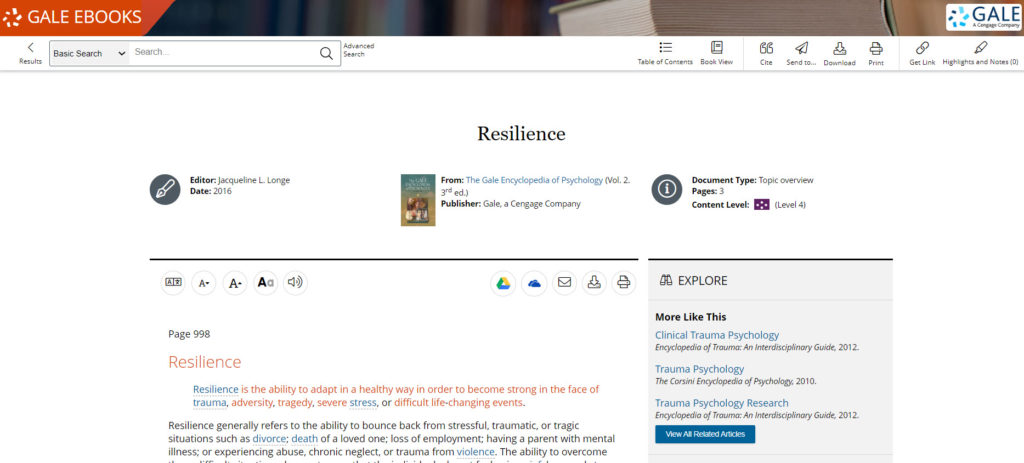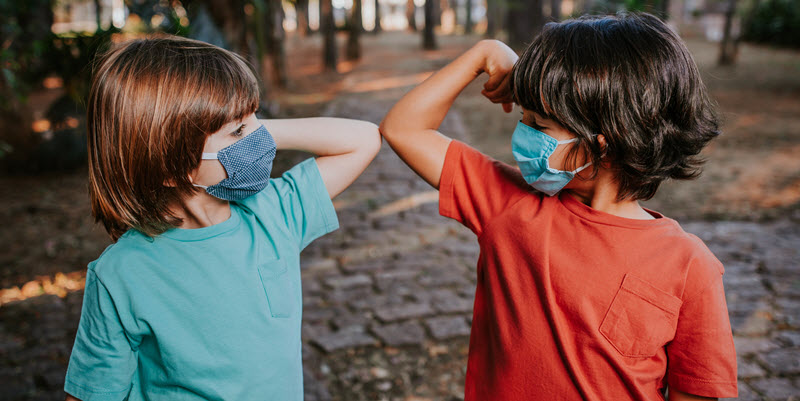| By Kathleen J. Edgar |
When life’s stresses seem overwhelming, do you ever wonder what it would be like to be a kid again, living a carefree life, full of fun and games, playing outdoors, free of responsibilities? That idyllic life of cheerfulness and enjoyment may exist in your mind, but it is not the reality for many kids today. Children’s mental health is a major concern among educators and health professionals, especially in these unprecedented times.
The COVID-19 global pandemic has caused much anxiety, stemming from fear of the virus itself to feelings of isolation, frustration with attending virtual classes, and parents’ fights about mask mandates and vaccines. Add in heated discussions about banning books in schools or avoiding talk of gender identity and sexual orientation, plus issues of social justice and equality, online bullying and peer pressure related to social media, and worries about war in Ukraine—and it’s clear that kids don’t have it easy these days.
One trait that many children do have is resilience, a characteristic that they manage to build over time. According to the new edition of The Gale Encyclopedia of Psychology, “Resilience is the ability to adapt in a healthy way in order to become strong in the face of trauma, adversity, tragedy, severe stress, or difficult life-changing events. Resilience generally refers to the ability to bounce back from stressful, traumatic, or tragic situations.” Although resilient children are not immune to stress, feelings of loss and grief, or painful emotions, they are able to cope and move forward, not becoming stuck in sadness and despair.

Resiliency in children and youth is seen in many situations. For example, 11-year-old Hassan Pisecka traveled some 600 miles by himself in March 2022 during the war in Ukraine to reach safety and unite with relatives in Slovakia. He set out on the journey alone, taking with him his passport, a plastic bag, and a relative’s phone number scribbled on his hand. Pisecka persevered and was reunited with his family. And who can forget the powerful speech given by X González (then known as Emma González) about gun violence at the March for Our Lives protest in 2018. González bravely spoke before rallygoers, in a speech airing on national TV, the month after a shooter killed 17 people at her high school in Florida.
Where does such resilience originate? Why do many kids have it while others struggle to cope? Health professionals note that children who show resilience tend to have supportive parents or a relationship with a supportive caregiver or other adult as well as positive connections and friendships with other people. They feel a sense of safety, security, and stability in their lives, have learned self-sufficiency and adaptive or coping skills, and feel a sense of belonging through religious or secular groups or extracurricular activities. Children who experience poverty or have parents with mental health issues or substance-abuse problems are more prone to experience stress or emotional issues themselves.
With help from the federal government, schools support children in a variety of ways, such as offering free or reduced-cost breakfasts and lunches. Reducing food insecurity among children from lower-income families helps provide stability, as hunger has been shown to negatively impact a child’s ability to learn and perform well at school. Other forms of assistance include school psychologists to help students with issues—although more professionals are needed. The ratio of psychologists to students is currently insufficient in many communities, so some teachers are being trained to recognize when students are having trouble coping and offer help. And some school curriculums are providing lessons to help with mental health.
Students can work on developing resiliency skills by establishing strong connections with friends and family. They can find ways to reduce stress through activities such as exercising, dancing, singing, eating healthy foods, meditating, socializing with friends, meeting new people, foregoing screen time to participate in outdoor activities, getting enough sleep, finding what brings them joy, and focusing on being optimistic.
To learn more about resiliency and other children’s health issues, check out the new editions of The Gale Encyclopedia of Children’s Health and The Gale Encyclopedia of Psychology as well as the Gale Health and Wellness database.
Meet the Author
Kathleen J. Edgar is a freelance writer and editor focusing on topics such as social issues, history, biographies, politics, the environment, health, and science. Currently living in Oregon, she enjoys visiting national parks and other scenic lands, camera in hand, when she is not working.


really informative